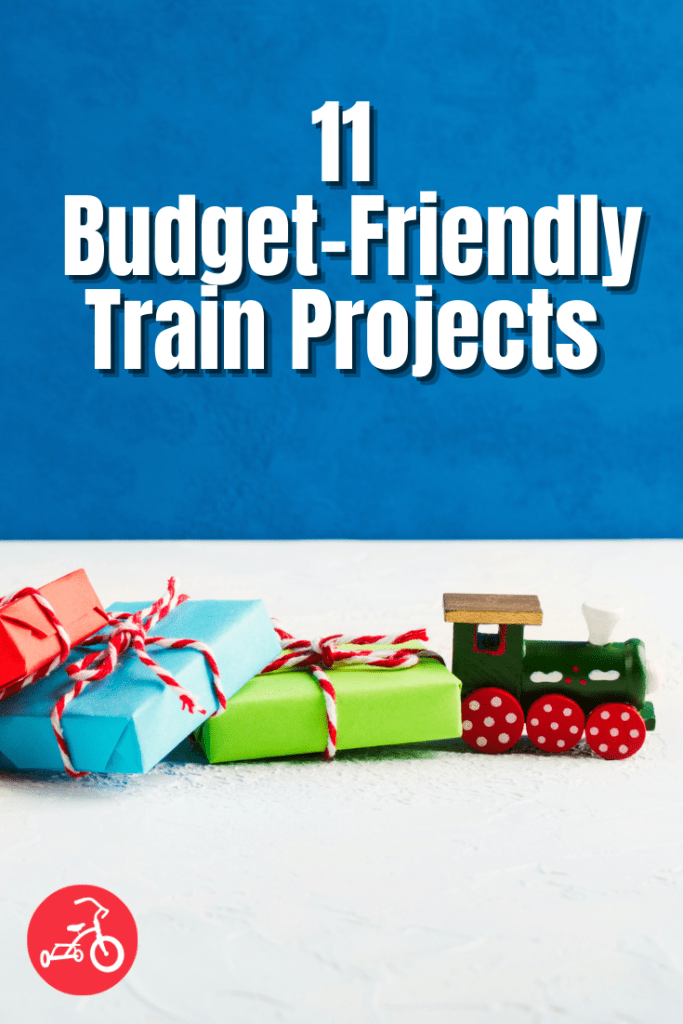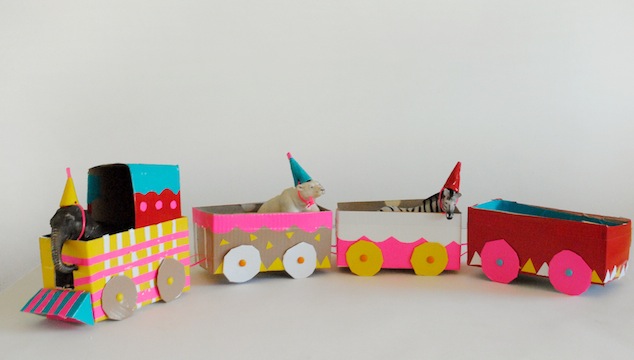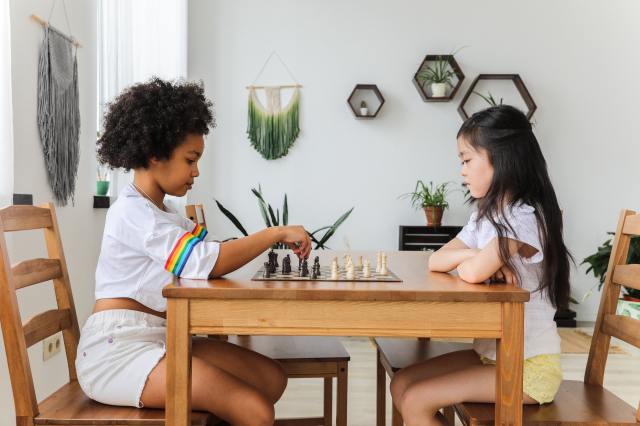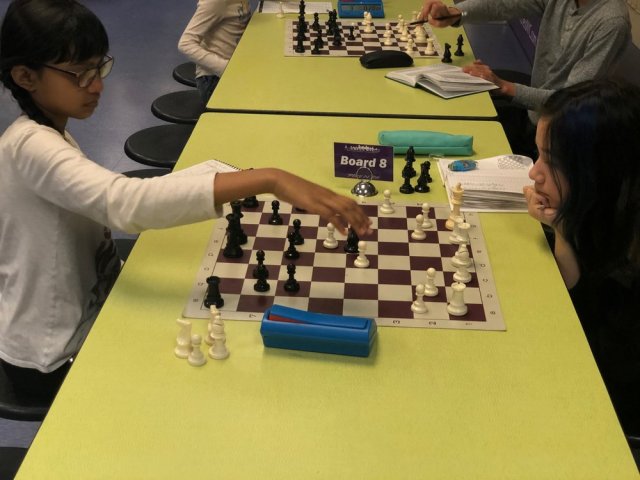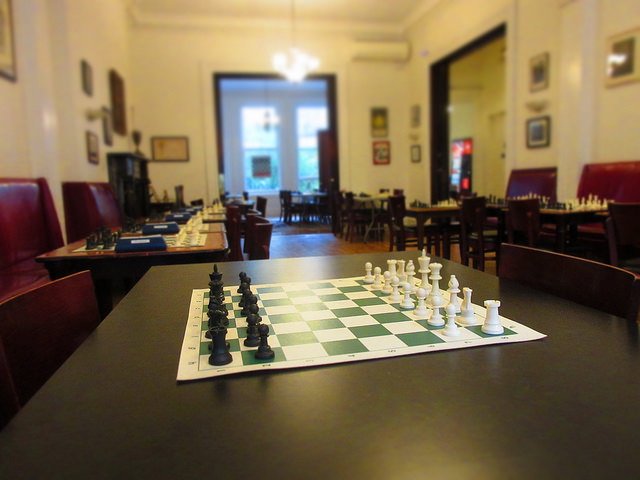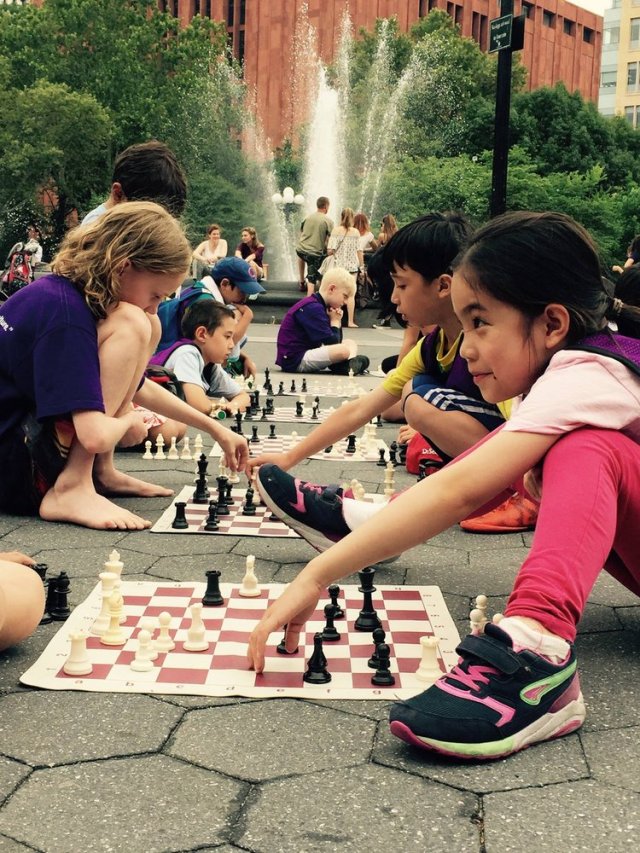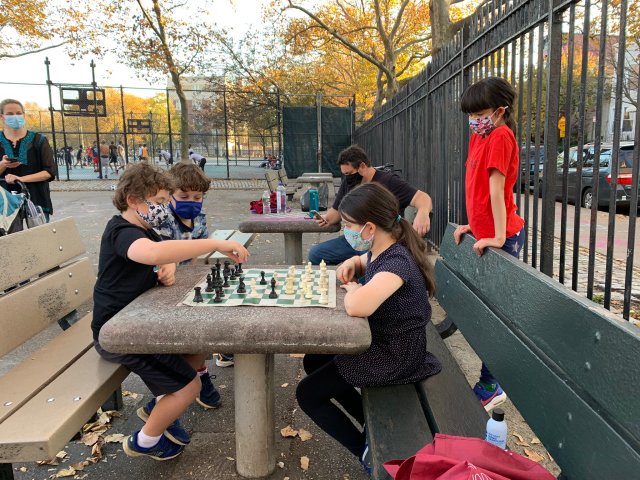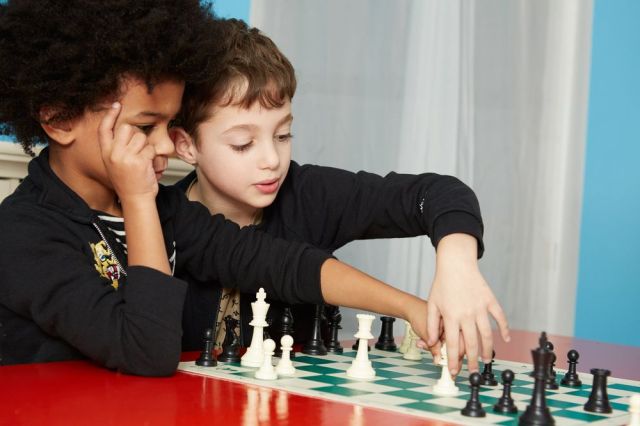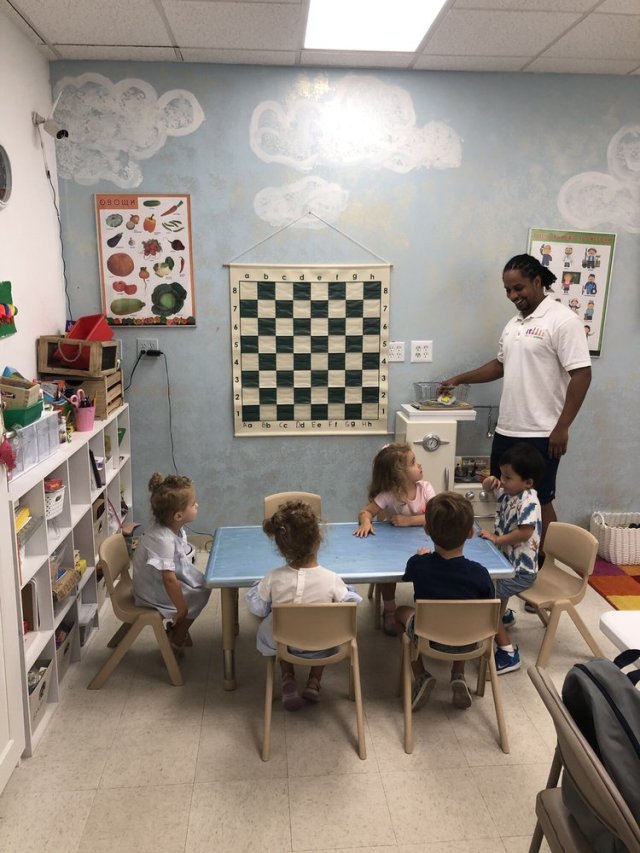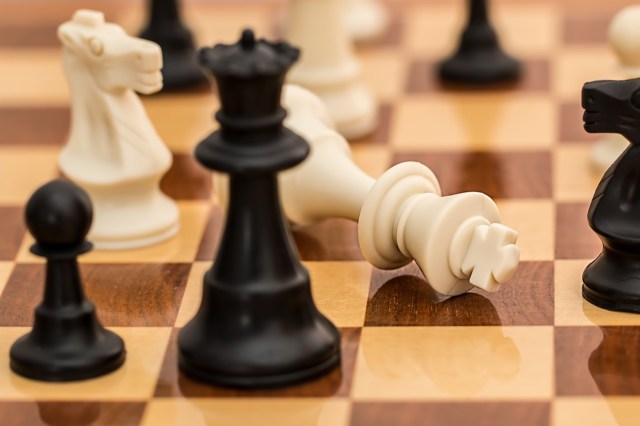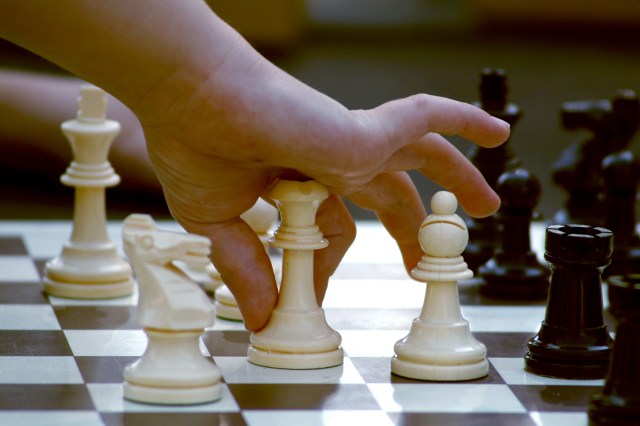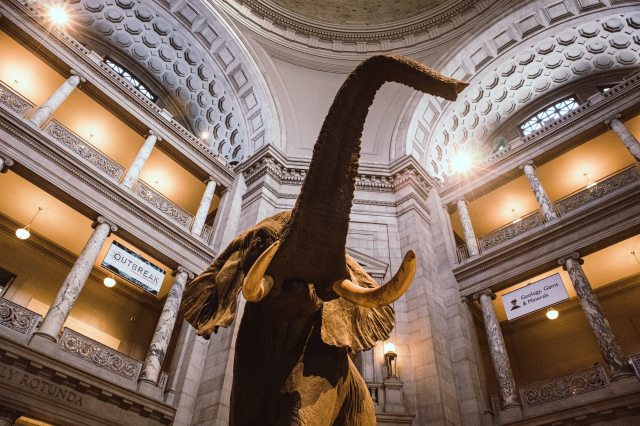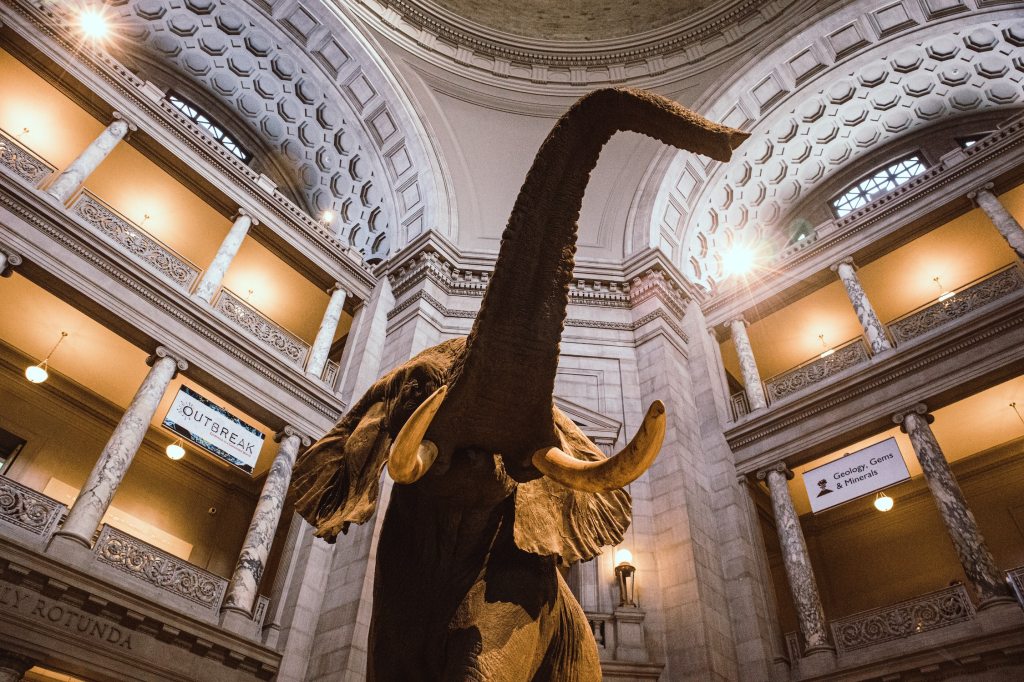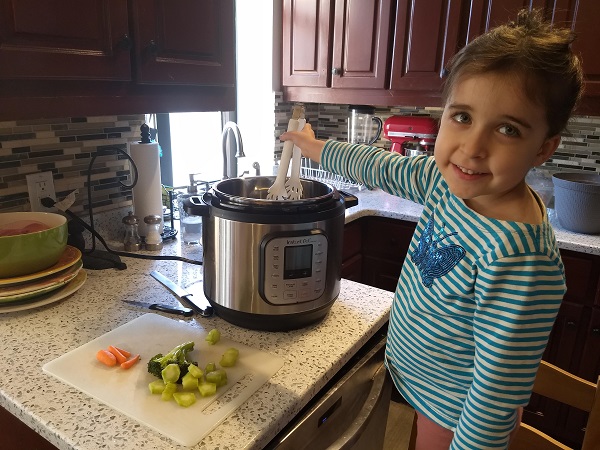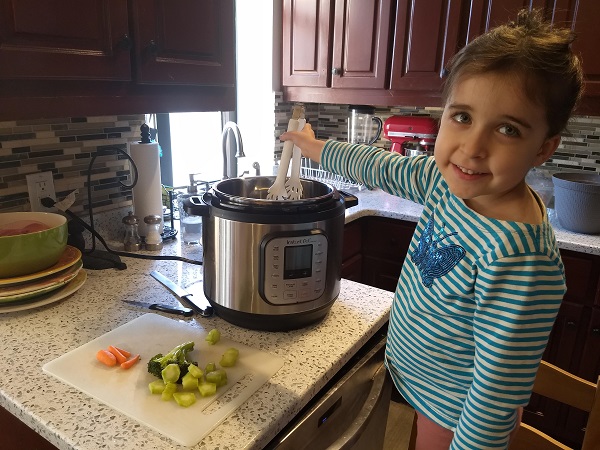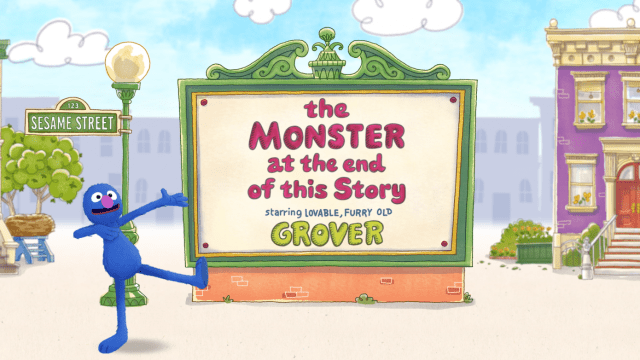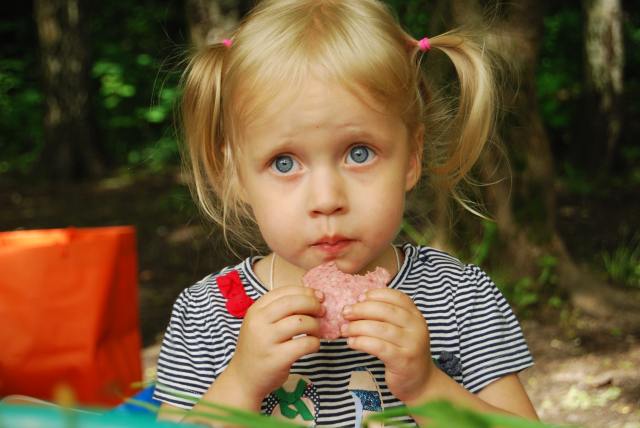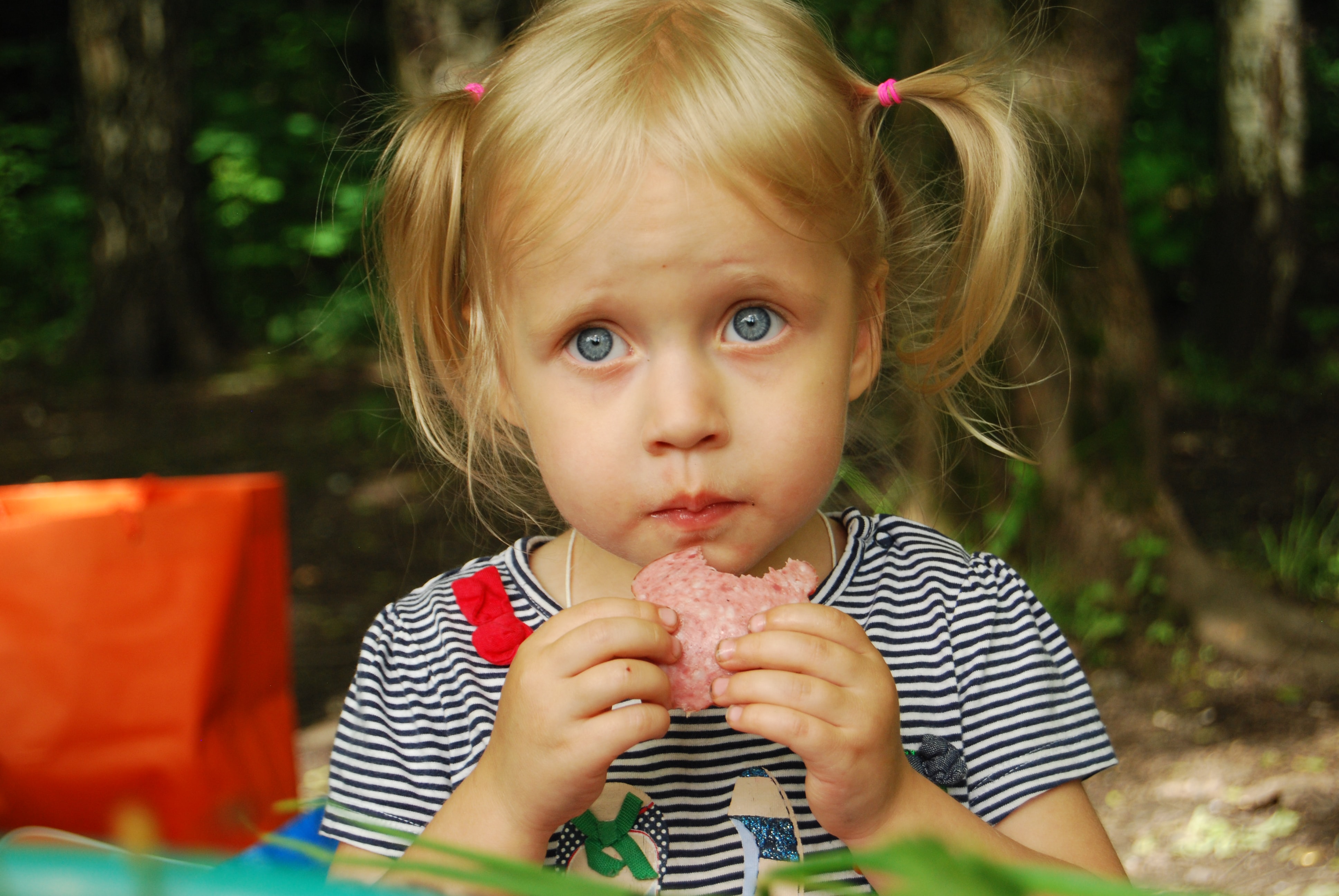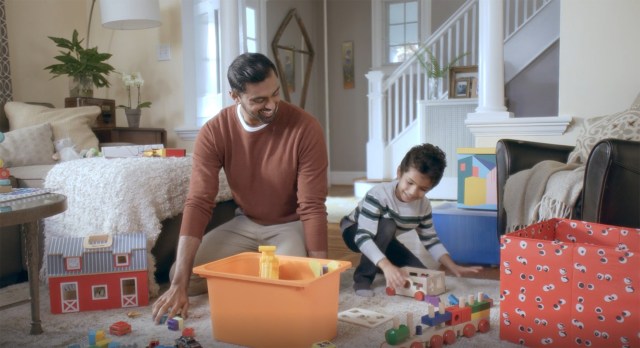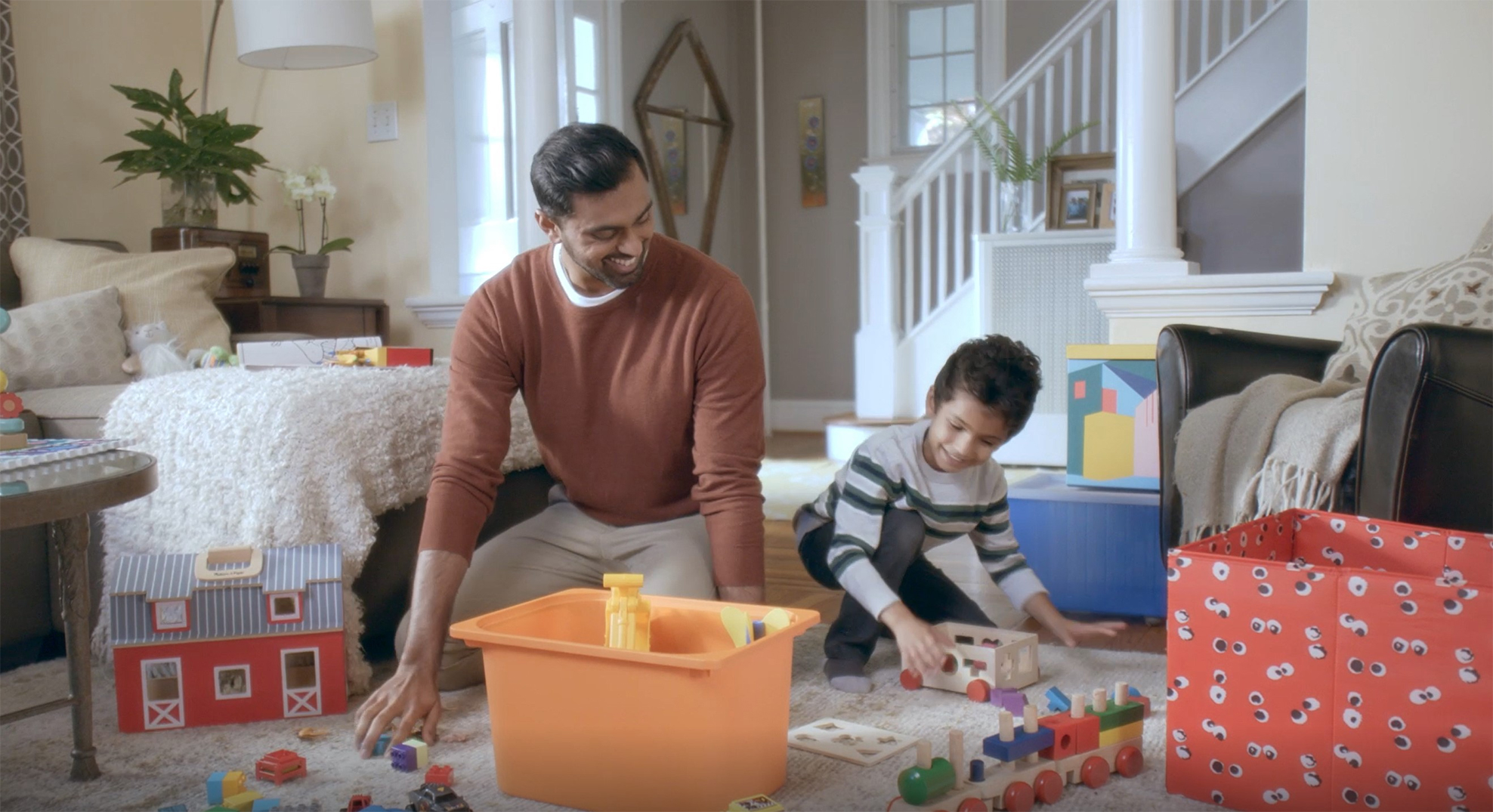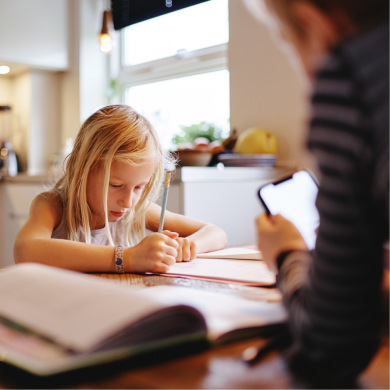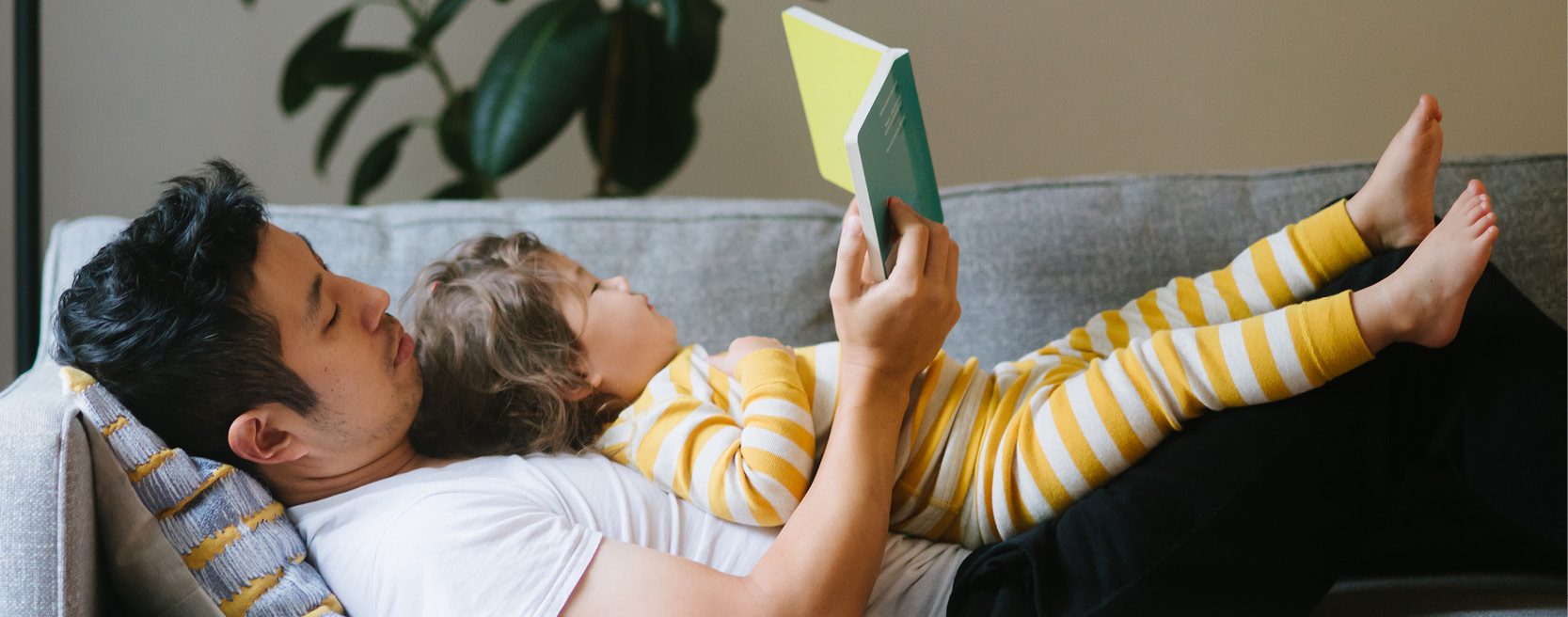Calling all budding engineers, wannabe conductors, and little ones who dream of riding the rails! We’ve got a roundup of railway-inspired crafts that are sure to make train-time extra fun. From a candy bar train to a totally Thomas costume, scroll through the amazing projects below to create your own creative (and budget-friendly) cars.
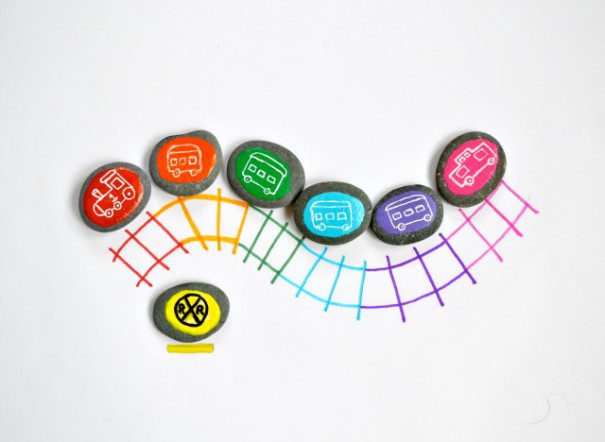
1. The Railway that Rocks
For a project that’s a little bit locomotive and little bit rock and roll, look no further than this idea from Sam at Thrive 360 Living. It combines trains, art, a lesson on colors, and you won’t need any fancy materials. Check out more of Sam’s amazing ideas on her Instagram, and get this rocking how-to over at Thrive 360 Living.
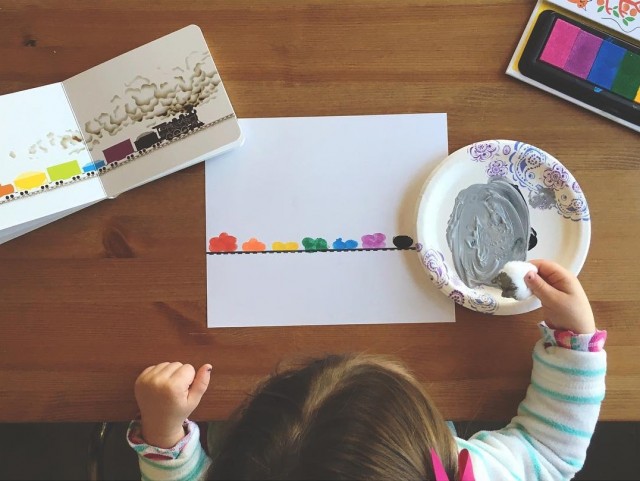
2. A Fingerprint Freighter
This fingerprint freight train gets extra points for being equal parts messy and fun. Throw in a lesson on colors and painted smoke made with a cotton ball, and you’ve got the recipe for a creative and train-centric afternoon. For more info and inspiration, head over to the Simply Learning Instagram page.
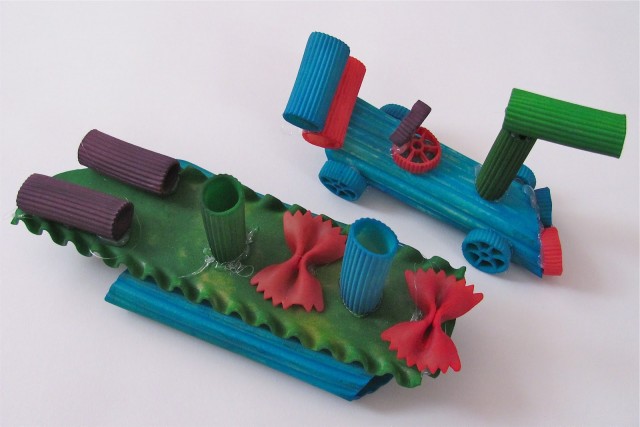
3. The Train That’s Full of Pasta-bilities
Get ready to noodle around with a truly creative train craft from The Chocolate Muffin Tree. The kiddos will get a kick out of using food as building materials and they can go crazy with their constructions: trains, planes, automobiles, or any other moving machine that strikes a chord. Get inspired over at The Chocolate Muffin Tree.
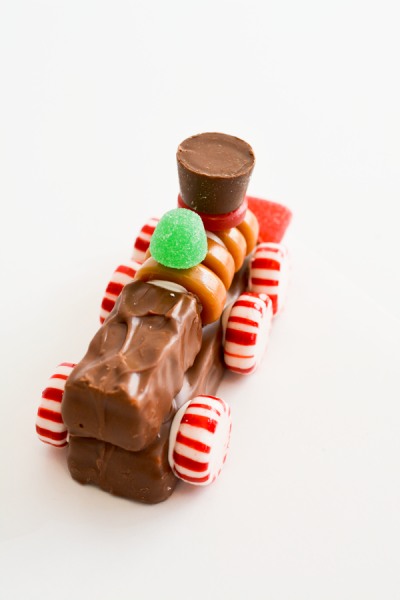
4. A Totally Sweet Ride
Ready to give your kiddo’s favorite people mover an edible twist? Cupcakes & Cutlery has you covered with this candy bar train. It’s super simple to make and excellent for dessert decorations. If you sample a few of your construction pieces, so be it. Get the sweet scoop at Cupcakes & Cutlery.
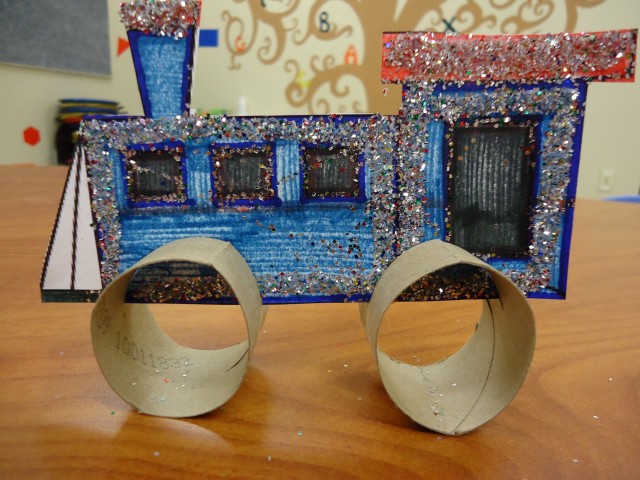
5. The Thomas-Inspired Train
Want to pay tribute to everyone’s favorite tank engine? All you need to create your own artsy Thomas the Tank Engine is a few simple materials: toilet paper rolls, paper, glue, paint, and a heaping handful of glitter. It’s the perfect project for an afternoon of crafty fun. Learn more over at KPL Kids’ Corner.
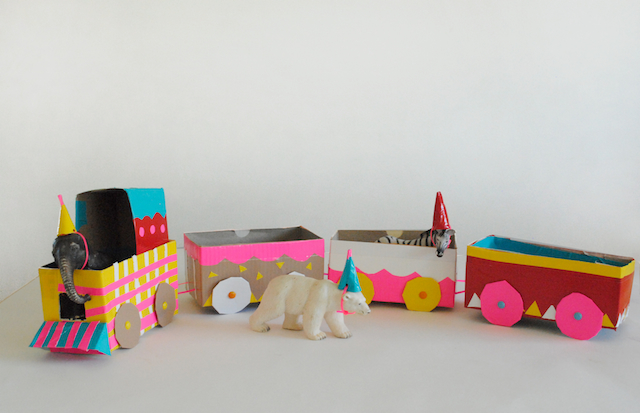
6. The Circus Setup
No big top experience is complete without a train ride. This darling creation from Merrilee of Mer Mag is all kinds of bright and cheery, and even has a recycled twist—it’s made out of tea boxes! Get your little helpers involved in deciding which animals should go where and you’ll have a wild time, indeed. Grab the easy tutorial over to Mer Mag.
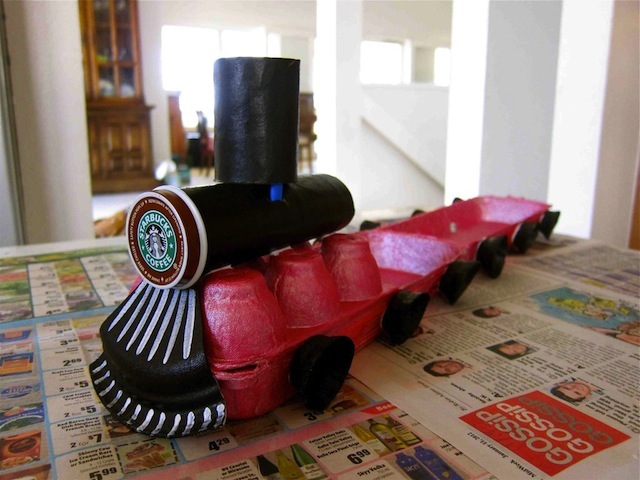
7. The Coffee Cap Choo-Choo Train
We’ll bet this adorable red engine will inspire you to think of your recycle bin as just another arts and crafts supply box. With a coffee cap light leading the way and egg carton cars, this homemade toy is a great way to turn your clutter into playtime fun. For the easy how-to, head for Bon Bon Break.
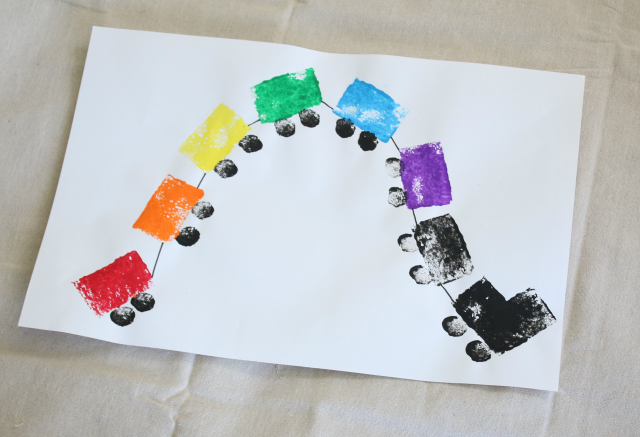
8. A Sponge-y Express
Got a train-obsessed toddler, preschooler, or kindergartner on your hands? This sponge-painting activity is perfect for the younger set who are learning about colors. The prepwork is minimal and the main materials (kitchen sponges and paint) are easy enough to find. Get the easy how-to over at Buggy and Buddy.
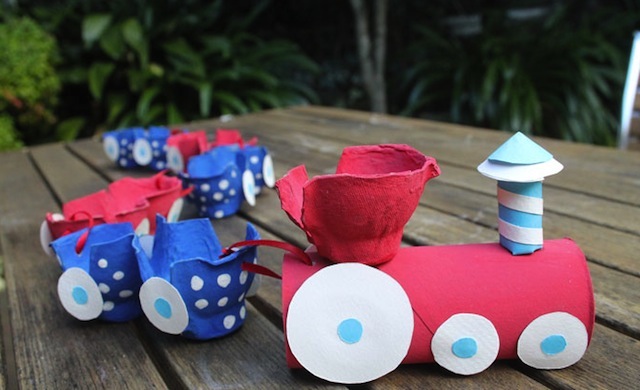
9. An Egg-cellent Train
The next time you serve up omelets for breakfast, be sure to save your egg cartons because The Craft Train has just the upcycled use for them. With the help of a few other basic supplies like paint and paper, those cartons can be transformed into an awesome engine. Don’t forget to paint and decorate before sending it down the tracks! Find out more over at The Craft Train.
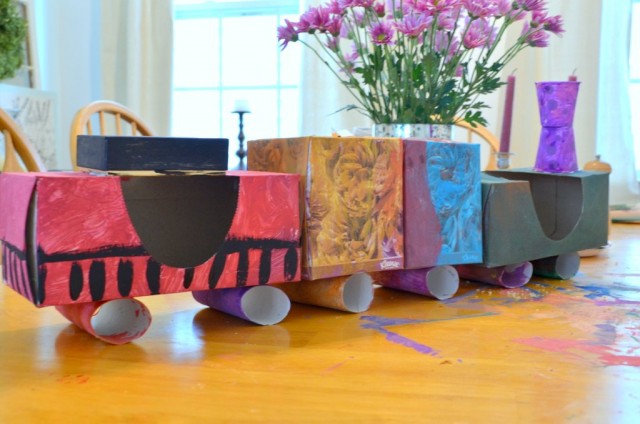
10. The Tissue Box Train
Thanks to Mary Kathleen of Discovering Breadcrumbs for showing us tissue boxes can turn into boxcars with just a few easy steps! Not only is this a great reason to recycle, it’s also just waiting for a few stuffed animal passengers. You can even take a cue from Mary Kathleen and add in a lesson on the ABCs. Get the 411 at Discovering Breadcrumbs.
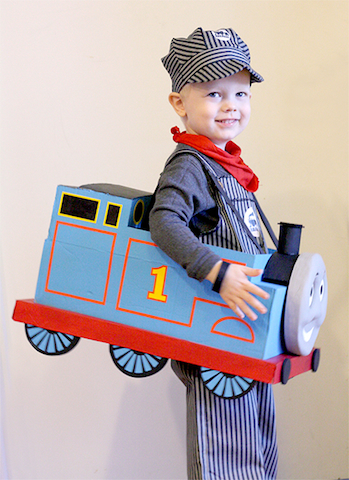
11. The It-Fits-Perfectly Train
How do you take train playtime to a whole new level? Let your little conductor actually be a train, with his very own homemade Thomas costume. The actual how-to has more instructions than your average train craft but the playtime payoff is worth the effort. To find out how to make one of your own, make tracks over to Little Red Window.
—Abigail Matsumoto
